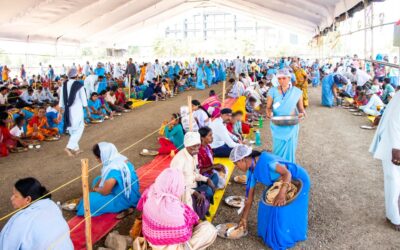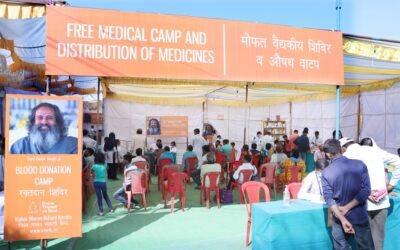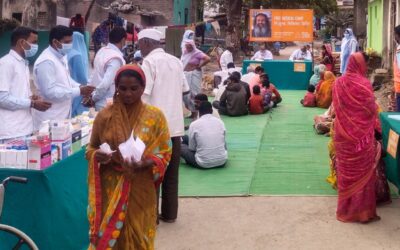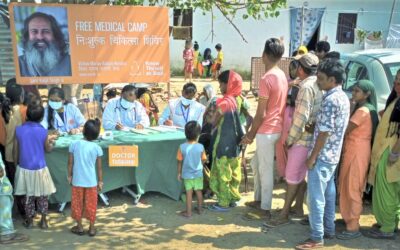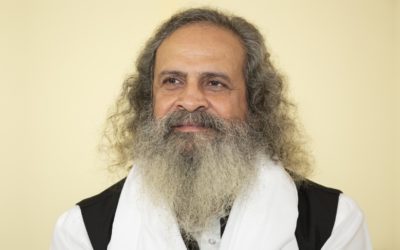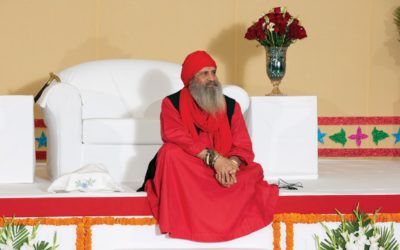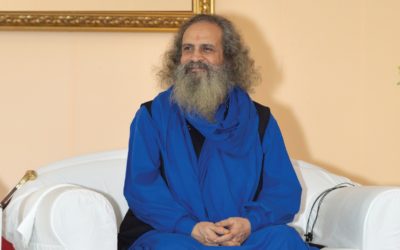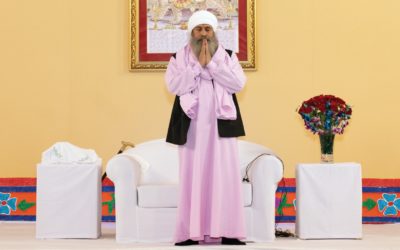Know Thyself As Soul
Events
Make meditation, devotion, faith, and contentment all part of your life, because these elements are inseparable.
Sant Baljit Singh Ji
Vishav Manav Ruhani Kendra organizes events during devotional festivals and commemorative occasions as a free service to those who wish to come together to celebrate these festivals in grandeur, but may not be able to afford the associated costs. These events also offer free food, accommodation, and medical services, around the clock as well as charitable activities for the surrounding communities.
Vishav Manav Ruhani Kendra (VMRK) will celebrate Guru Purnima on Thursday, July 10, 2025 at our Nawan Nagar center.
The program schedule has been adjusted to enable the public to attend the program after work.
Thursday, July 10, 2025
Bhajan Sankirtan: 6:00 pm
Darshan: 8:00 pm
VMRK will honor this auspicious occasion with multiple charitable activities including distributing free food, free medical camps, a blood donation camp, and distributing free school supplies to students in underprivileged communities. The blood donation camp will take place on July 10, 2025 from 2 pm to 6 pm. VMRK encourages participation in these charitable activities to serve those in need.
Spiritual Discourses (Satsangs)
On special occasions, Vishav Manav Ruhani Kendra hosts events that feature a spiritual discourse by Sant Baljit Singh Ji. Often, the events offer the opportunity to learn the meditation on the inner Light and Sound.
The events are guided by the cornerstones of Sant Baljit Singh Ji’s teachings of unity in diversity, service to humanity, compassion for all, a natural lifestyle, and devotion to the omnipresent God pervading all. These teachings inspire accompanying charitable activities to serve the event attendees and surrounding communities. The activities include medical camps, blood donation camps, and distributing educational material to underprivileged students.
Humanitarian services in Nagpur, March 2023
Nagpur, March 2023 Each large scale event hosted by Vishav Manav Ruhani Kendra (VMRK) includes multiple charitable activities. We invite you to read our previous blog posts that describe how these types of activities are usually run: Charitable services at VMRK...
Spiritual Discourse February 2023, Pimpalner, Maharashtra
Pimpalner, February 2023 Vishav Manav Ruhani Kendra (VMRK) organized a monumental event to commemorate the birth anniversary of our Great Grand Master. Held at the VMRK center in Pimpalner, the highlight was the spiritual discourse given by Sant Baljit Singh Ji on...
Charitable services at VMRK Pimpalner, February 2023
Pimpalner, February 2023 Vishav Manav Ruhani Kendra (VMRK) provided non-stop round the clock charitable services to all who came to attend the spiritual discourse at its center in Pimpalner in February 2023. Wholesome vegetarian meals, lodging, and professional...
Serving communities around Pimpalner in February 2023
Pimpalner, February 2023 Vishav Manav Ruhani Kendra (VMRK) used its center in Pimpalner as the base from which to offer charitable outreach to the surrounding communities. VMRK volunteers undertook the following activities to support the underprivileged in these...
Navratri
The Navratri festival, usually held for nine days, celebrates Goddess Durga and her nine divine forms: Shailaputri Maa, Brahmacharini Maa, Chandraghanta Maa, Kushmanda Maa, Skandmata Maa, Katyayani Maa, Kalratri Maa, Mahagauri Maa, and Sidhidatri Maa. Each day of the festival is associated with one form of Goddess Durga. A sacred text—the Devi Mahatmya (The Glory of the Goddess)—explains the extraordinary virtues and greatness of each form and is read as a reminder about them.
The spring and autumn Navratri Festivals are celebrated each year at Vishav Manav Ruhani Kendra, Nawan Nagar, India. We are pleased to share stories of these celebrations.
Serving villages and slums during Ashvin Navratri 2022
Nawan Nagar, October 2022 In addition to offering charitable services during Ashvin Navratri at Nawan Nagar, VMRK also organized charity programs to serve the residents in nearby impoverished villages and slums. Free medical camps Every day, VMRK's team of volunteers,...
2019 Autumn (Ashvin) Navratri Festival
Nawan Nagar, October 2019 The autumn Navratri festival (Ashvin Navratri) dedicated to Goddess Durga was again celebrated at the Vishav Manav Ruhani Kendra Nawan Nagar ashram in India, from September 29 to October 6. A large tent was set up to host the program honoring...
2019 Spring (Chaitra) Navratri Festival
Nawan Nagar, April 2019 The spring Navratri festival (Chaitra Navratri), dedicated to Goddess Durga, was again celebrated at the Vishav Manav Ruhani Kendra Nawan Nagar ashram in India, from April 6 to 13. Each day of the festival is associated with one form of Goddess...
2018 Autumn (Ashvin) Navratri Festival
Nawan Nagar, October 2018 The autumn Navratri festival (Ashvin Navratri) dedicated to Goddess Durga was again celebrated at the ashram in Nawan Nagar, India, from October 10 to 17. Each evening, devotional songs were sung in praise of the Divine as the people clapped...
2018 Spring (Chaitra) Navratri Festival
Nawan Nagar, March 2018 The spring Navratri festival, dedicated to Goddess Durga, a form of the Divine Mother, was observed at the Vishav Manav Ruhani Kendra Nawan Nagar ashram in India, from March 18 to March 24. In a large tent, professional singers performed...
Guru Purnima
The word Guru is a union of the Sanskrit words gu and ru wherein gu means darkness and ru means light. A Guru gives the light of knowledge to the disciples to dispel their darkness of ignorance. Guru Purnima celebrates the significance of the guru-disciple relationship. On this auspicious day, disciples express their gratitude towards their spiritual teacher.
Guru Purnima is celebrated on the full-moon day in the Hindu calendar month of Ashada (June-July of the Gregorian calendar). Vishav Manav Ruhani Kendra celebrates Guru Purnima to express gratitude to our spiritual teacher, Sant Baljit Singh Ji.
No Results Found
The page you requested could not be found. Try refining your search, or use the navigation above to locate the post.
Sawan Month
The auspicious month of Sawan or Shravan is dedicated to Lord Shiva, the supreme being. He has the role of protecting, transforming, creating, and recreating the material universe. In his highest form, Lord Shiva is timeless and absolute reality, without form or limits. He represents the primal soul, atman, and the value of meditation, devotion, and self-discipline.
In recognition of Lord Shiva at this time of year, millions of people (Kawariyas) traditionally go on religious pilgrimages, bathe in sacred rivers, and make resolutions to demonstrate their love and devotion for the Divine. Here are some stories of these celebrations.
No Results Found
The page you requested could not be found. Try refining your search, or use the navigation above to locate the post.

